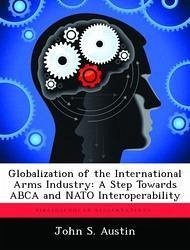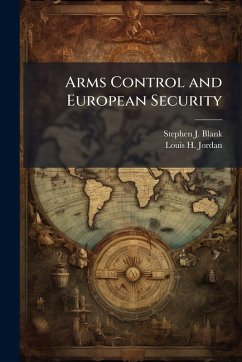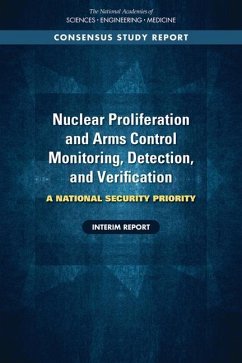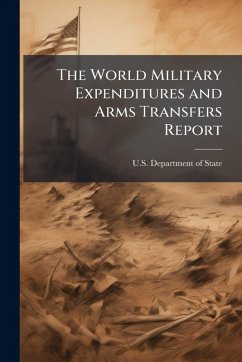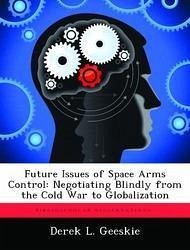
Future Issues of Space Arms Control
Negotiating Blindly From the Cold War to Globalization
Versandkostenfrei!
Versandfertig in über 4 Wochen
14,99 €
inkl. MwSt.

PAYBACK Punkte
7 °P sammeln!
Future space arms control agreements may limit or constrain United States Air Force (USAF) plans for future space-based weapons if the USAF is not involved in shaping the environment that causes other countries to push for such agreements. Though the environment of the Cold War has passed, the USAF, as the executive agent for US space programs, may be repeating history by disassociating itself from the negotiations process. Many nations argue against placing weapons in space, feeling it is against the intent of the Outer Space Treaty and other international agreements while others argue for ne...
Future space arms control agreements may limit or constrain United States Air Force (USAF) plans for future space-based weapons if the USAF is not involved in shaping the environment that causes other countries to push for such agreements. Though the environment of the Cold War has passed, the USAF, as the executive agent for US space programs, may be repeating history by disassociating itself from the negotiations process. Many nations argue against placing weapons in space, feeling it is against the intent of the Outer Space Treaty and other international agreements while others argue for new agreements that restrict development of future space weapon systems. They further argue that a push for space-based weapons could create the possibility of an arms race in space (Union of Concerned Scientist, 2005). With the advancements in technology and increased global dependency on space, the US could find itself pressured into agreements that limit or control future US space-based capabilities. The USAF needs to be a part of shaping international agreements affecting United States space policy during the next 25 years. This work has been selected by scholars as being culturally important, and is part of the knowledge base of civilization as we know it. This work was reproduced from the original artifact, and remains as true to the original work as possible. Therefore, you will see the original copyright references, library stamps (as most of these works have been housed in our most important libraries around the world), and other notations in the work. This work is in the public domain in the United States of America, and possibly other nations. Within the United States, you may freely copy and distribute this work, as no entity (individual or corporate) has a copyright on the body of the work. As a reproduction of a historical artifact, this work may contain missing or blurred pages, poor pictures, errant marks, etc. Scholars believe, and we concur, that this work is important enough to be preserved, reproduced, and made generally available to the public. We appreciate your support of the preservation process, and thank you for being an important part of keeping this knowledge alive and relevant.



